Does a Brushless Motor Lose Speed Under Increased Load?


-

Ms. Ori, I have a question...
-

What is it, Vex?
-

You've told me before that inverters slow down under load, right?
Click here to read the article●Inverter (V/f control) Speed - torque characteristics 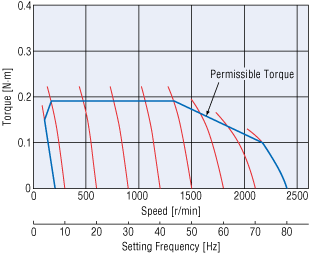
Since there is no feedback of the motor speed, it slows down when the load is applied.
[Example]
If the rotation speed without load is 1500 r/min, when the permissible torque is applied, the rotation speed drops to about 1300 r/min.Customer is aware about it so they are going to use servo motors that do not slow down for the new equipment. However, servo motors are more expensive than inverters, I was asked if there was anything else.
-

How about a brushless motor?
-

That's what I thought, and I'm looking at a graph of the speed - torque characteristics of brushless motors, but it doesn’t show how much the speed drops like the inverter graph...
●Brushless motor Speed - torque characteristics 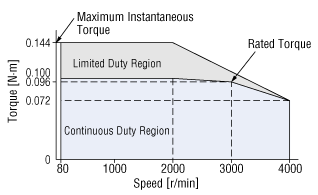
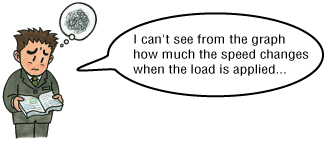
-

In such cases, look at the "Speed regulation with respect to the load" listed in the specifications table of the catalog, not the graph.
-

I see. By the way, what was the speed regulation with respect to the load?
Something like percentage was written, but I'm not sure... -

Pull yourself together! The speed regulation with respect to the load is "the degree to which the rotation speed fluctuates when the load changes."
In the actual measurement, the motor is rotated at a setting speed, the load is changed from no load to the rated torque, and the actual rotation speed is measured to see how much it changes. With brushless motors and servo motors, they're measured at their rated speed. -

If you look at the newly released BMU Series of brushless motors, it says that the speed regulation with respect to the load is ±0.2 %. What does this mean?
-

The rated speed of the BMU Series is 3000 r/min, so the ±0.2 % is ±6 r/min when converted to rotation speed. This means that even if the load changes, the actual rotation speed is still speed-controlled in the range of 2994~3006 r/min.
-

So that's what it was. I understand well. But isn't ±0.2 % of the speed regulation with respect to the load small when compared to other speed control motors?
-

Then let's compare the three speed control motors.
Speed Control Motors Speed Regulation with Respect to the Load Inverter (V/f control type) -10%* (reference value) Brushless motor BMU Series ±0.2 Servo motor NX Series ±0.05% - *At a setting speed of 1500 r/min
Looking at this, it can be said that brushless motors and servo motors have much less speed regulation with respect to the load compared to inverters.
-

For customers who are concerned about speed regulation with respect to the load, it would be better to recommend brushless motors or servo motors. But in what kind of applications does it affect to?
-

For example, you can use it for the following applications:

●Agitator
Even if the viscosity or volume of the liquid changes during agitation, it can be rotated at the set speed.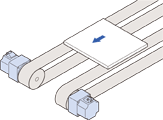
●Transportation equipment (parallel belt conveyor)
Speeds can be almost synchronized when transporting with two belt conveyors.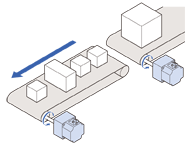
●Transportation equipment (in-line belt conveyor)
The speed will not decrease even if the weight of the load placed on the conveyor belt changes. Therefore, when belt conveyors are used in series, cargo can be delivered smoothly. -

I see, it is important to choose a device with a small speed regulation with respect to the load for such equipment.
-

This customer is also worried about price, right? Brushless motors are cheaper than servo motors, so it'd be good to introduce brushless motors to them.
-

I got it. I will introduce the BMU Series, which has the smallest speed regulation with respect to the load and the easiest operation to the customer.
-

Keep up the good work, and do your best to introduce them. Vex, please don't slow down your work, even if a load is added.
-

... I, I got it!
